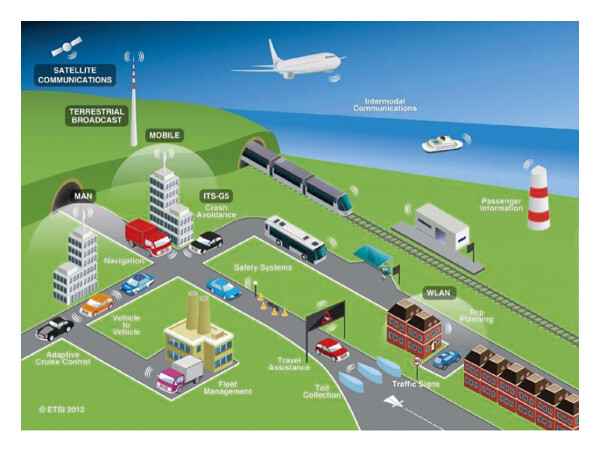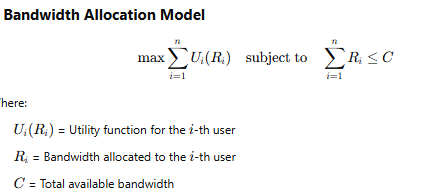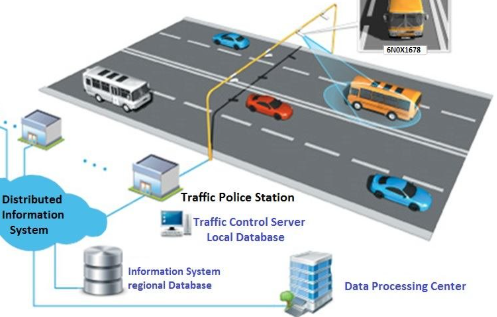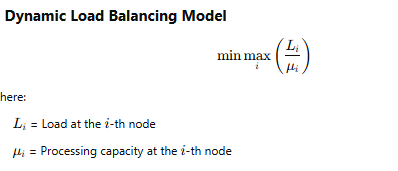Intelligent Traffic Management in 5G Networks: A Machine Learning Approach
 Hara Krishna Reddy Koppolu
Hara Krishna Reddy Koppolu
Introduction
The evolution of 5G networks has introduced significant improvements in data speed, latency reduction, and connectivity, unlocking new opportunities for innovative applications. However, the complexity of traffic management in such networks presents substantial challenges. With diverse use cases such as enhanced mobile broadband (eMBB), ultra-reliable low latency communication (URLLC), and massive machine-type communication (mMTC), efficient traffic management is crucial. Machine learning (ML) has emerged as a powerful tool to optimize traffic flow, enhance quality of service (QoS), and ensure seamless connectivity. This research explores the application of ML techniques in intelligent traffic management for 5G networks.
Challenges in 5G Traffic Management
Managing traffic in 5G networks presents various challenges:
Dynamic Traffic Patterns: The diverse range of applications in 5G networks results in unpredictable traffic flows, requiring adaptive management strategies.
Latency Sensitivity: Applications such as autonomous vehicles and remote healthcare demand ultra-low latency, necessitating intelligent resource allocation.
Network Slicing Complexity: The dynamic allocation of resources across multiple slices introduces a complex optimization challenge.
Security and Privacy Risks: Traffic data must be analyzed without compromising user privacy, posing security concerns.

Machine Learning Techniques for 5G Traffic Management
Several ML techniques have proven effective in addressing these challenges:
Supervised Learning:
- Algorithms such as Random Forest, Support Vector Machines (SVM), and Neural Networks are employed to predict traffic demand patterns and classify data flows.
Unsupervised Learning:
- Clustering techniques such as K-means and DBSCAN are used to group similar traffic patterns, enabling anomaly detection and predictive management.
Reinforcement Learning (RL):
- RL algorithms, such as Deep Q-Networks (DQN) and Proximal Policy Optimization (PPO), dynamically adjust network resources to improve throughput and reduce congestion.
Deep Learning:
- Convolutional Neural Networks (CNN) and Recurrent Neural Networks (RNN) effectively predict complex network traffic patterns for proactive management.

Key Applications of ML in Traffic Management
Traffic Prediction:
- ML models analyze historical data to predict peak traffic periods, enabling proactive resource allocation to prevent congestion.
Dynamic Resource Allocation:
- Reinforcement learning models allocate bandwidth and computing resources dynamically to balance network load.
Anomaly Detection and Security:
- ML algorithms identify abnormal network behavior, enhancing security by detecting potential cyber threats in real-time.
Network Slicing Optimization:
ML algorithms ensure optimal distribution of resources across slices to meet specific QoS requirements.

Proposed ML-Based Traffic Management Framework
A robust ML-based framework for traffic management in 5G networks includes the following components:
Data Collection: Sensors, base stations, and network nodes gather real-time data on traffic patterns, latency, and congestion levels.
Data Preprocessing: Techniques such as normalization and feature extraction ensure that ML models receive clean, structured data.
ML Model Deployment: Supervised or unsupervised models predict network congestion, optimize resource allocation, and identify anomalies.
Real-Time Decision Making: Reinforcement learning agents adjust bandwidth, routing protocols, and load balancing strategies dynamically.
Performance Evaluation Metrics
Key metrics for evaluating ML models in 5G traffic management include:
Throughput: Ensuring maximum data transmission rates across the network.
Latency: Maintaining low response times for time-sensitive applications.
Packet Loss Rate: Minimizing data loss during transmission.
Energy Efficiency: Optimizing resource utilization to reduce power consumption.
Mathematical Model for Traffic Optimization
An effective traffic management model can be formulated as follows:
Objective Function:
Where:
R_i = Data rate allocated to the -th traffic flow
D_i = Demand for the -th traffic flow
C = Total network capacity
This model aims to maximize network utility while ensuring efficient bandwidth distribution.

Real-World Applications
Smart Cities: ML models help manage smart transportation systems by predicting traffic congestion and optimizing signal control.
Healthcare: Traffic prioritization ensures telemedicine services maintain low latency and high reliability.
Autonomous Vehicles: ML-enabled 5G networks predict and control data flow for seamless communication between vehicles.
Industrial Automation: ML models ensure consistent connectivity for industrial IoT devices, minimizing downtime and delays.
Future Directions
The integration of ML with 5G networks will continue to evolve with:
Federated Learning: Distributed ML models trained locally ensure improved data privacy and faster decision-making.
AI-Driven Orchestration: Automated ML systems will dynamically adjust network slices to meet user demands.
6G Networks: Emerging 6G systems will leverage advanced ML algorithms to improve energy efficiency and scalability.

Conclusion
Intelligent traffic management using ML techniques is crucial for ensuring seamless connectivity and optimal performance in 5G networks. By leveraging predictive analytics, dynamic resource allocation, and real-time decision-making, ML enhances network efficiency and reduces congestion. As 5G networks expand, integrating advanced ML solutions will be vital for achieving scalable, secure, and efficient traffic management.
Subscribe to my newsletter
Read articles from Hara Krishna Reddy Koppolu directly inside your inbox. Subscribe to the newsletter, and don't miss out.
Written by
